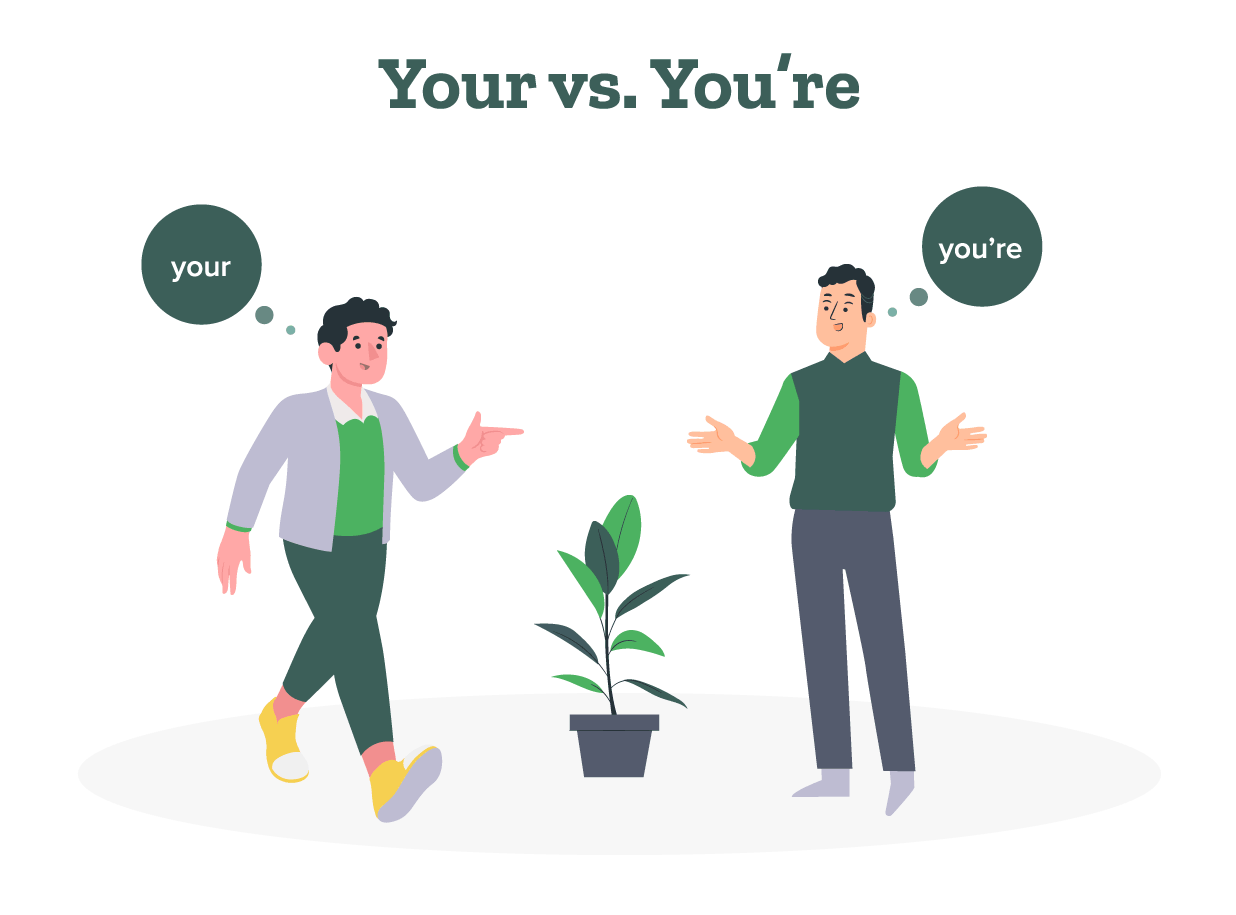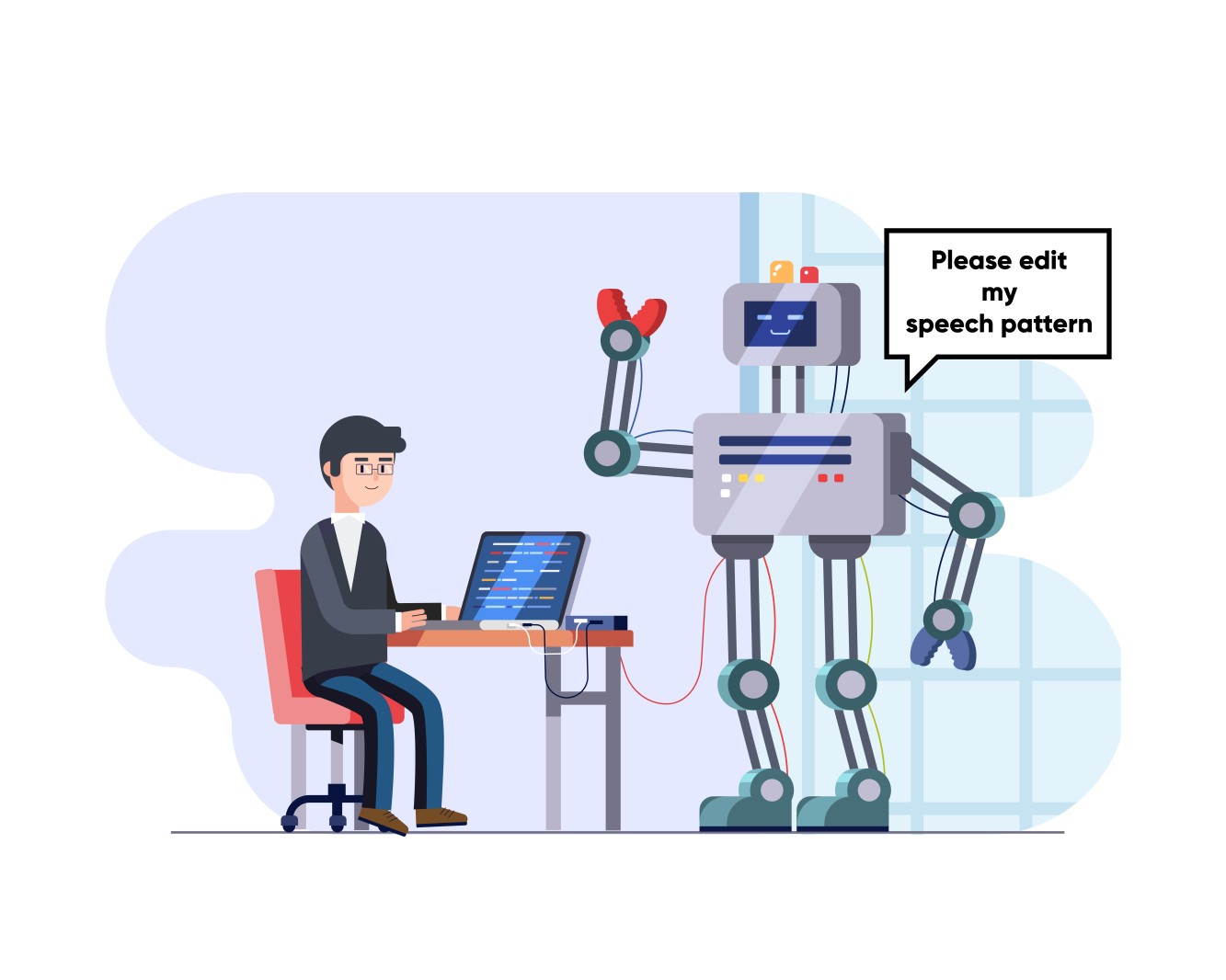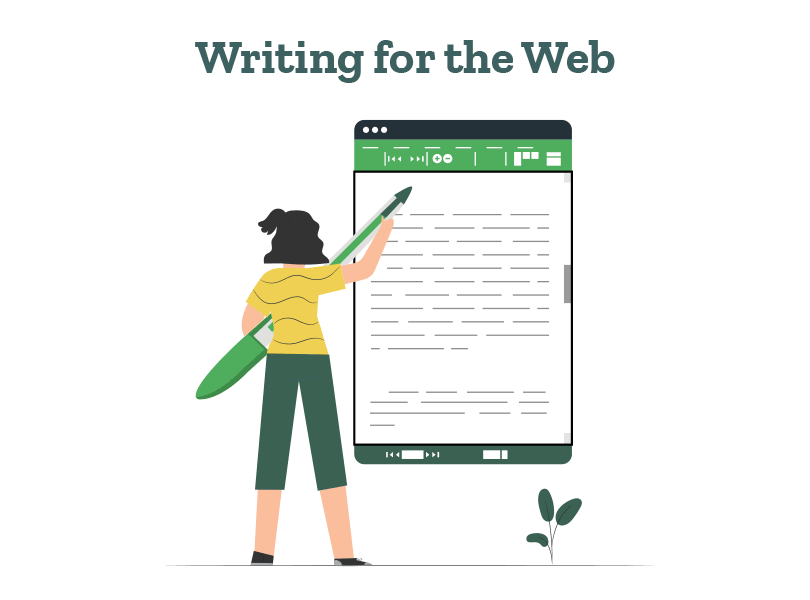Still have questions? Leave a comment

Checklist: Dissertation Proposal
Enter your email id to get the downloadable right in your inbox!
[contact-form-7 id="12425" title="Checklist: Dissertation Proposal"]
Examples: Edited Papers
Enter your email id to get the downloadable right in your inbox!
[contact-form-7 id="12426" title="Examples: Edited Papers"]Need
Editing and
Proofreading Services?

Patchwork Plagiarism: Definition, Types, & Examples
 Sep 11, 2024
Sep 11, 2024 6
min read
6
min read
- Tags: Plagiarism, Writing Tips
Plagiarism is a dreaded word in the world of writing and editing. Writers worry about inadvertently plagiarizing others’ content, and addressing plagiarism issues during editing can be quite a nightmare for editors. This is because identifying and correcting plagiarized content takes significant time and effort. Among the many ugly forms of plagiarism is patchwork plagiarism.
This article explores the definition of patchwork plagiarism, discusses why it is harmful, and examines the various ways in which it can be avoided.
What is patchwork plagiarism?
Patchwork plagiarism refers to a dishonest form of writing where a writer borrows information from multiple sources and creates a new content piece without citing the original authors. It compromises the integrity of the content as writers take credit for work they have not done.
In this form of plagiarism, writers generally gather information from multiple sources, such as websites, books, articles, blogs, etc. Once they have all the input, they rephrase or paraphrase the required content based on their subject knowledge and writing competence. It is also called mosaic plagiarism.
It may also involve rearranging the content, tweaking the ideas or opinions of the original author, and other deceptive techniques. Writers then present this modified content piece as their original work.
This distorted process leads to the dilution of original ideas and may even be seen as misleading in some cases, particularly when the writer’s paraphrased or modified version changes the original (and correct) meaning.
While patchwork plagiarism is prevalent in academic settings, it can also be seen in journalism, creative writing, business writing, etc.
Types of patchwork plagiarism
This form of plagiarism can be classified into the following broad categories:
-
-
- Direct patchwork plagiarism: It occurs when a writer copies and pastes phrases or sentences from different sources and compiles them to form new content without citing the sources. Even if certain changes are made to the overall language, it is still considered plagiarism.
- Conceptual patchwork plagiarism: Writers may pick complex ideas or theories from multiple sources and compile them without proper attribution or references. This qualifies as plagiarism, even if the content has been paraphrased or rephrased.
- Structural patchwork plagiarism: When a writer takes the structure from different sources, replicates the arrangement of ideas, and uses them to create a new content piece, it is considered plagiarism. Even if the content is reworded or rephrased in such cases, the premise, content flow, and arrangement remain unchanged, marking such work as plagiarized.
- Paraphrased patchwork plagiarism: This involves borrowing ideas from varied sources and rephrasing them slightly before presenting them as original work. As the original sources are not credited, it results in plagiarism.
-
Examples of patchwork plagiarism
To avoid the consequences of deliberate or accidental patchwork plagiarism, here are some patchwork plagiarism examples to help you check if your work falls under this category.
Example 1: Direct patchwork plagiarism
Original sources:
-
-
-
- Source A: “The rapid pace of technological advancement has transformed the way we live, work, and communicate.”
- Source B: “Social media platforms have become integral to our daily lives, connecting people across the globe.”
- Source C: “Privacy concerns have arisen as a consequence of the increasing collection and use of personal data.”
-
-
Plagiarized output:
“The rapid pace of technological advancement has transformed the way we live, work, and communicate. Social media platforms have become integral to our daily lives, connecting people across the globe. However, privacy concerns have arisen as a consequence of the increasing collection and use of personal data.”
Example 2: Conceptual patchwork plagiarism
Original sources:
-
-
-
-
- Source A: “Climate change is causing sea levels to rise due to the melting of glaciers and ice caps.”
- Source B: “Ocean acidification, caused by increased carbon dioxide absorption, threatens marine ecosystems.”
- Source C: “Extreme weather events, such as hurricanes and droughts, are becoming more frequent and severe due to climate change.”
-
-
-
Plagiarized output:
“Rising sea levels, caused by melting ice, are a significant threat. The oceans are becoming more acidic, harming marine life. Additionally, extreme weather patterns are increasing in both frequency and severity, all due to climate change.”
Example 3: Structural patchwork plagiarism
Original source:
A research paper on the impact of social media on mental health with the following structure:
-
-
-
- Introduction to social media and mental health
- The correlation between social media use and depression
- The impact of social media on anxiety and self-esteem
- Conclusion
-
-
Plagiarized output:
A student writes a paper on the same topic, following the exact same structure without acknowledging the original source.
Example 4: Paraphrased patchwork plagiarism
Original sources:
-
-
-
- Source A: “Social media platforms have contributed to the decline of face-to-face interaction.”
- Source B: “Excessive use of social media has been linked to increased levels of loneliness and depression.”
- Source C: “The constant comparison of oneself to others on social media can negatively impact self-esteem.”
-
-
Plagiarized output:
“People are spending more time online, which has led to a decrease in real-life connections. This overreliance on social media has been associated with feelings of isolation and sadness. Additionally, constant exposure to carefully curated online images can damage a person’s self-worth.”
What leads to patchwork plagiarism, and how to identify it
It is true that some writers intentionally plagiarize someone else’s work, but patchwork plagiarism can also be accidental. Hence, identifying what leads to such plagiarism can help answer the question of “how to avoid patchwork plagiarism”, both deliberate and unintentional.
Several problems at the writing stage can lead to patchwork plagiarism. Some of them are:
-
-
-
- A lack of resources, whether time, money, or technology
- Inadequate technical knowledge
- Ineffective research
- Difficult or complex topics with very little information available about them
- Anxiety about performing well in school or university or at the workplace
-
-
Here are some ways to identify plagiarism in this form:
-
-
-
- Inadequate research: When a content piece seems poorly or barely researched, reviewing it more closely might reveal patchwork paraphrasing or plagiarism.
- Writing inconsistencies: Unexplained or unsupported shifts in language, tone, vocabulary, or sentence structure typically suggest the use of multiple sources.
- Doubts about originality: When writing does not seem original, it might be written using information borrowed from multiple sources.
- Unreasonable or excessive paraphrasing: Though paraphrasing is not considered a problem, excessive paraphrasing without citations indicates patchwork plagiarism.
- A high number of direct quotes: When a writer uses multiple direct quotes without including original commentary, it can lead to patchwork plagiarism.
- Missing or incorrect sources and citations: If citations are ignored, it is wise to suspect plagiarism. Also, if the citations mentioned in the document are incorrect, the writer may have included plagiarized content.
-
-
How to avoid patchwork plagiarism?
Patchwork plagiarism is a result of combining content taken from various sources without proper and/or adequate referencing and/or paraphrasing. To maintain the academic integrity of your essays and research papers, it is important to avoid it.
If you are a professional dealing with content in the form of blogs, web pages, emails, marketing literature, ad copies, or other content forms, patchwork plagiarism can harm your reputation.
So, here’s how you can avoid patchwork plagiarism to ensure your content does not attract unwanted attention:
-
-
-
- Decode the topic: Understand the topic you plan to write about to express your thoughts clearly.
- Understand the issue: It is challenging to avoid patchwork plagiarism unless you understand that changing some words or rearranging sentences is not enough.
- Compare your ideas with other people’s: Compare and differentiate between your original thoughts and the information you have gathered from various sources during research. This will help you avoid including points that do not reflect your original ideas.
- Develop independent arguments: Build your content primarily on analysis conducted independently and ensure effective interpretation by studying the subject yourself.
- Paraphrase adequately and effectively: Writing involves taking inspiration and information from available sources, both online and offline. However, it is important to write in your own words. Avoid replicating the language, sentence structure, or words from your sources.
- Reduce the number of direct quotes: Use direct quotes only when it is unavoidable. Also, write quotes in quotation marks and mention the names of those who said them clearly.
- Cite extensively: Include the right citations for all information that does not form part of your original work, including paraphrased material. Follow a citation style (APA, MLA, Chicago, etc.) suitable for your writing assignment.
- Use plagiarism checkers: A plagiarism check can go a long way in helping you avoid patchwork plagiarism. Most platforms are trained to identify mosaic plagiarism. Run your content through them to prevent your work from being flagged upon submission. This is particularly useful when your content is meant for publishing.
- Proofread well: While you have the option to proofread your content, having your work proofread by a professional proofreading service provider to prevent instances of accidental plagiarism might prove more beneficial.
-
-
Seeking guidance from mentors and experts in your specific field can also help you prevent patchwork plagiarism.
Your independent interpretations and insights strengthen your writing and make your content unique. Use the pointers mentioned in this article to define patchwork plagiarism in your field, avoid plagiarism, and write better.
If you require professional assistance to improve your content piece, check out PaperTrue’s editing and proofreading services. We offer comprehensive editing, proofreading, and publishing support at affordable prices.
If you would like to learn more about plagiarism, here are some articles that might interest you:






